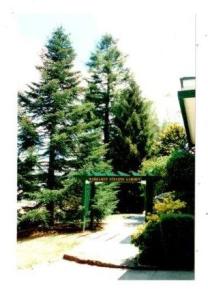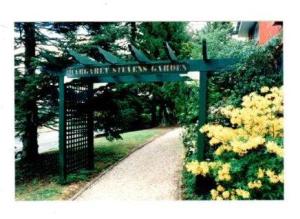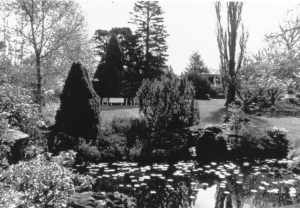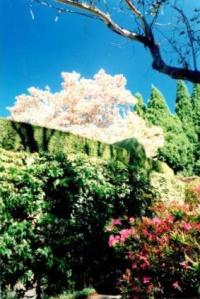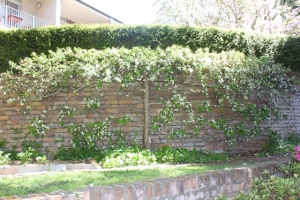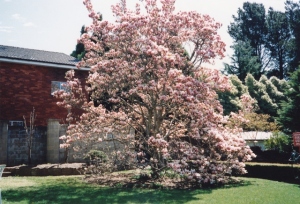The hover flies have been taking effective care of the aphid population throughout the garden this spring but this particular rose (a David Austin I think) must have needed some special attention. The first thing to catch our eye where the aphid mummies up all the flower bud stems. These I think are the result of the aphids being parasitised by a wasp but we didn’t witness that part of the action.
Mopping up remaining live aphids we found two species of ladybird (there are two side-on in the picture above).
The ladybirds we found and identified were the Transverse Ladybird Coccinella transversalis and the Spotted AmberLadybird Hippodamia variegata.
The Transverse Ladybird has V shaped markings rather than spots on it’s hardened wings (elytra).
The Spotted Amber Ladybird (or White Collared Ladybird) is an introduced species but does predate aphids. This ladybird was hard to identify because the number of spots varies. Our ladybird had 8 spots on its elytra but the pronotum and head markings identified it.
We kept looking and found two larvae eating the aphids. The first we found was the larva of the Brown Lacewing Micromus tasmaniae and then the larva of a ladybird. We think the ladybird larva is that of the common spotted ladybird (Harmonia conformis) but we did not find this adult ladybird on the roses.
The lacewing larva is eating a live aphid next to an aphid mummy.
The black and orange ladybird larva dominates the photo and it was only when Lexie studied the photo that she saw the lacewing larva.
The Brown Lacewing larva and the Spotted Amber Ladybird have been noted together by researchers and are being studied as possible biocontrol agents in brassica crops and greenhouses in NSW. A web search found a few papers on the subject from CSU http://researchoutput.csu.edu.au .










